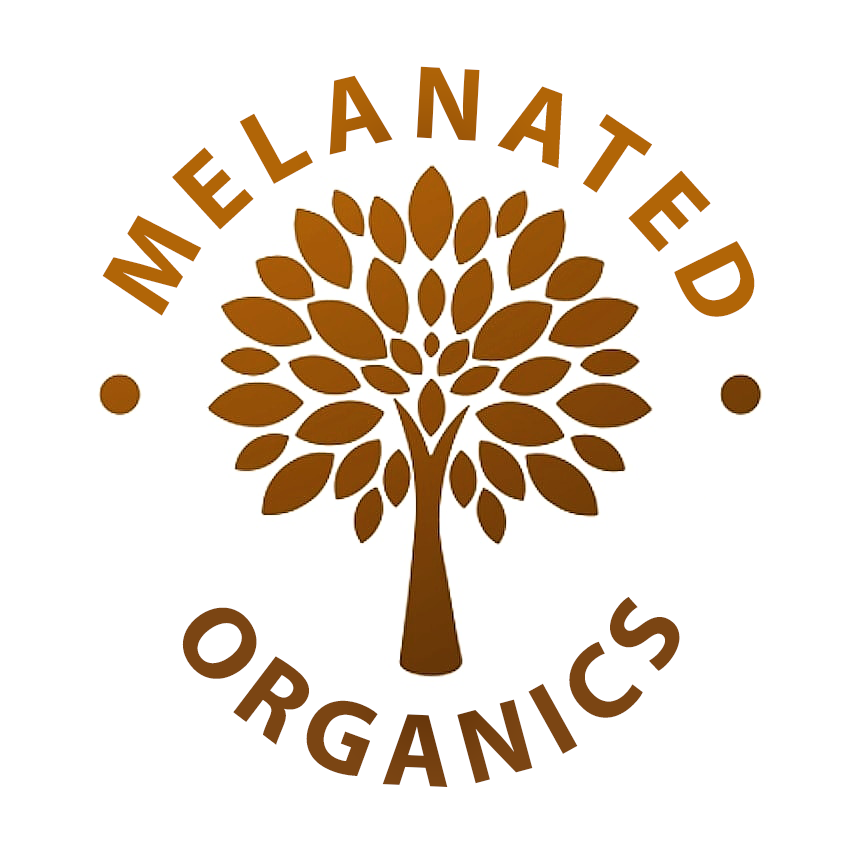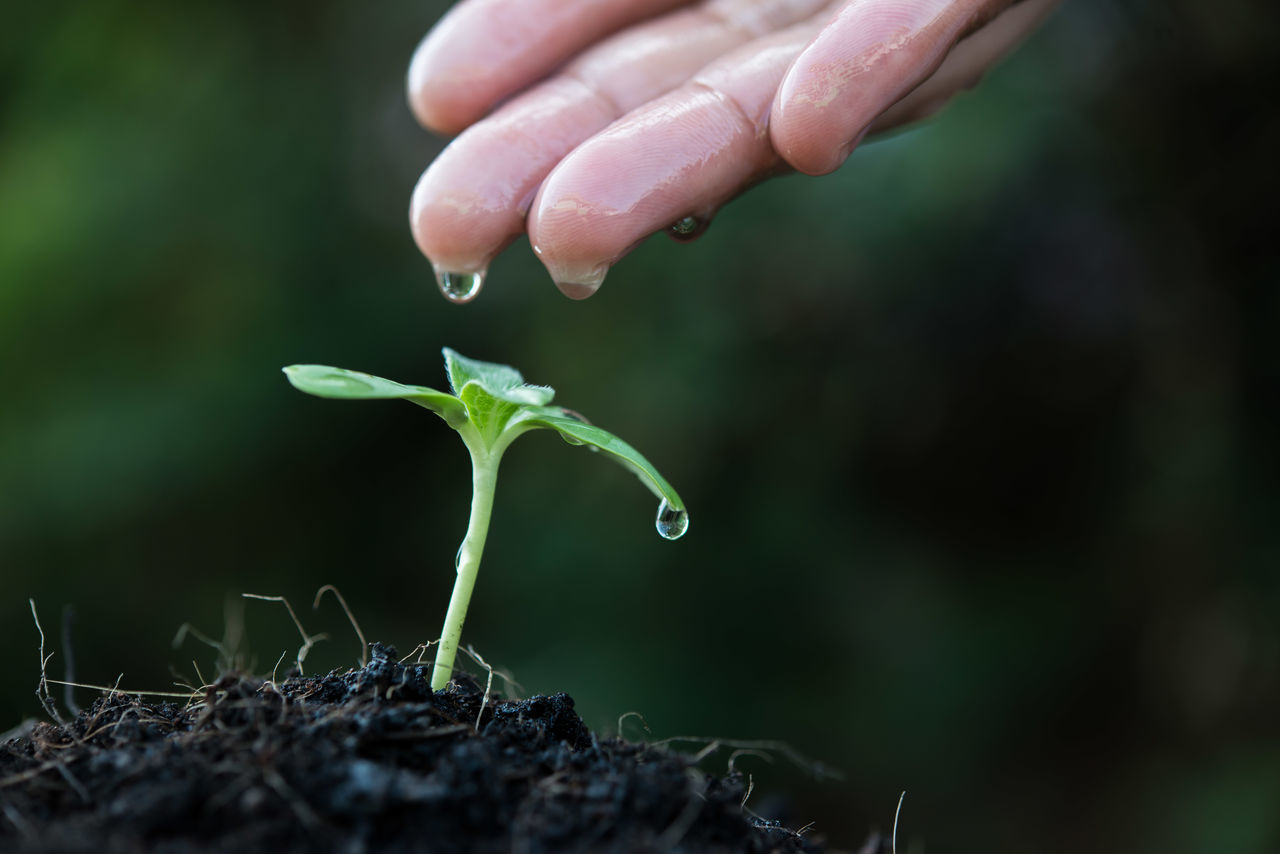Choose soil that’s nutrient-rich
Nutrient-rich soil is beneficial for producing aesthetically-pleasing plants and a plentiful vegetable harvest. Plants possess unique properties that allow them to harness 17 different nutrients from their environment. These nutrients in turn stimulate growth; combat harmful elements like pests and diseases; and create flowers, seeds, and organic foods. Soil texture and pH balances are vital components that directly affect the plant’s ability to utilize these nutrients, so they must be checked consistently.
Proper pot and/or planting location
The planting location is imperative for growing healthy vegetation. You want to ensure that your plant is thriving in ideal conditions and a spacious area. Your garden should get at least six hours of sunlight daily, stable drainage, and ample air circulation. The soil should be at a level plane, loose, and packed with nutrients. One huge tip is to keep your garden at least 10 feet away from your house, this will prevent the walls from casting shadows over your garden. Vegetables that are immersed in darkness tend to grow at a slower rate, and are more susceptible to disease and pest damage than sun-bathed plants. If you’re using a pot, it’s okay to be creative! You can use almost anything to contain a plant granted it has enough drainage holes and doesn’t overheat standing in the sun. If your plant already came with a pot from the greenhouse, it has most likely overgrown its former plastic pot and should be repotted.
Sunlight
Garden plant species require different variations of sunlight exposure. Sunlight instructions are normally available on the specifications tag or label. Planting locations are considered “full sun,” if they get direct sunlight for at least six hours a day. Most plants, such as annuals and perennials take full sun. Partial sun and partial shade need three to six hours of sun exposure every day, whether it’s during the cool hours of the early morning or early afternoon. Partial sun plants crave at least minimal sun. Conversely, partial shade plants can’t bear intense heat, this can be solved by planting them on the east side of a building or under the slight afternoon shade of a tree.
Water: don’t underwater or overwater
Too much of something or not enough of something can be a negative thing. An overabundance of water can limit your plants’ oxygen, causing it to drown. On the contrary, in our efforts to prevent overwatering, we sometimes fail to give our plants enough hydration. When observing your plant, there will be signs that it’s being overwatered or underwatered. Some of these signs include: wilting, yellowing leaves, browning edges, foul soil odor, mold, stunted growth, mushy or brittle stems, and soil shrinking away from the planter’s edges.
Nutrients
Similar to humans craving proper nutrition, plants also require food that’s packed with minerals and nutrients. Nutrients are comprised of three categories: macronutrients, secondary nutrients, and micronutrients. They promote disease resistance, seed creation, and acid neutralization just to name a few. You can get synthetic and pre-packaged chemical fertilizers, or if you’re more environmentally conscious, you can use eco-friendly alternatives.
Pest control
To minimize pest infestation, practice these prevention methods; encourage optimal growing conditions (stressed plants lack immunity, making them more susceptible to pests), and carefully examine the leaves before and after purchase. Pest infestations have a higher management rate if caught during their early stages. If there’s already an infestation, cut the affected portion of the plant off, or repeatedly spray a sturdy plant with water or insecticidal soap. If non-chemical pest control methods don’t yield any results, use chemical pesticides.
Remove weeds
Weeds are a common garden annoyance. They grow sporadically and can get out of control, leading to an unattractive garden. The prime time for when you should remove weeds is when the soil is damp and moist, ideally after it rains. You can pull the weeds by hand, which is the best method, but to prevent them from growing back, you should remove them by the root. Weeds with shallow roots should be handled by gripping the plant by its stem and gently pulling. Weeds with deeper roots require more care and might need a hoe to gingerly loosen the soil.
Pruning: remove anything dead, such as brown or yellowing leaves
Some parts of your plants have reached their expiration date, have them looking beautiful again by eliminating the undesirable areas. Review each plant to note which stems are browned, dead, or dormant and cut them away. You can use your hands to pluck, as long as you don’t yank too hard and damage the healthy leaves. Tougher stems need scissors or pruning shears. Make sure you disinfect them to prevent accumulating pests or diseases.
Repeat!!!
Sources: https://homeguides.sfgate.com/create-nutrientrich-soil-planting-21561.html https://www.thesill.com/blogs/plants-101/how-to-choose-right-pot-houseplants https://www.diynetwork.com/how-to/outdoors/gardening/selecting-the-best-location-for-agarden https://www.thespruce.com/what-is-full-sun-partial-shade-1402372 https://www.google.com/amp/s/blog.growup.green/blogs/growupdates/green-wall-maintenancemistakes-overwatering-vs-underwatering%3fhs_amp=true https://wallygro.com/blogs/feature/essential-watering-guide https://www.advancednutrients.com/articles/proper-nutrition-fertilizer-tips/ https://gardenerspath.com/how-to/composting/plant-nutrients/ https://hgic.clemson.edu/factsheet/common-houseplant-insects-related-pests/ https://dengarden.com/gardening/How-to-Prevent-Weeds https://www.google.com/amp/s/www.apartmenttherapy.com/weekend-project-plant-pruning36626019%3famp=1

